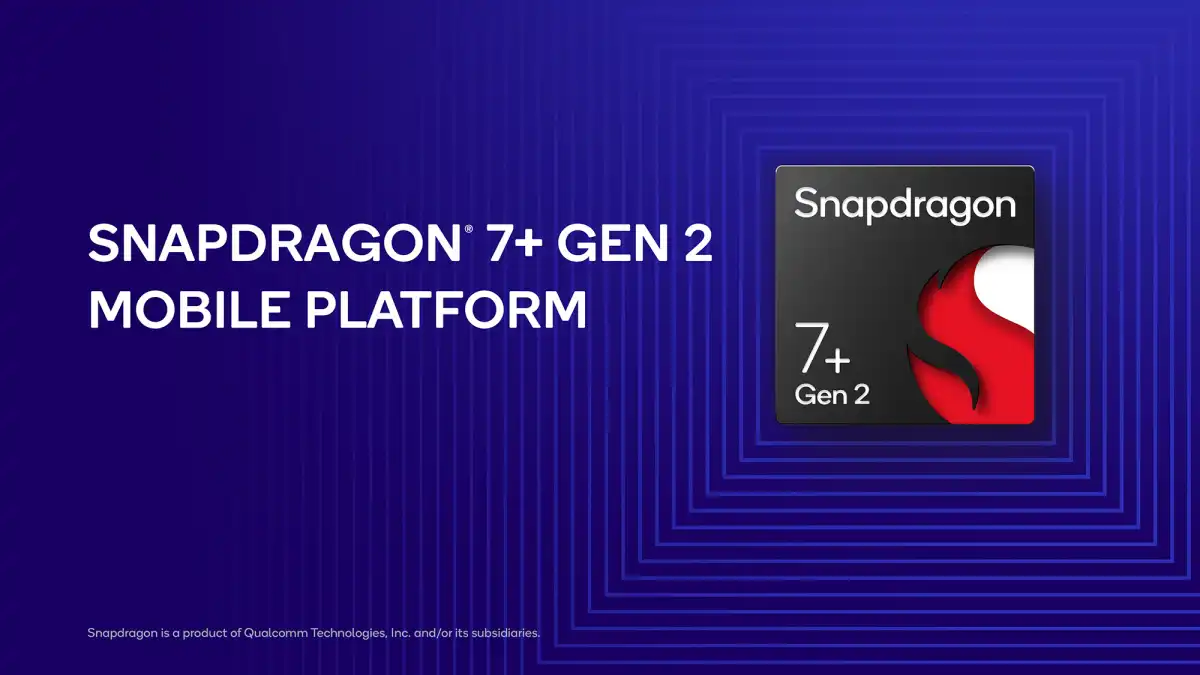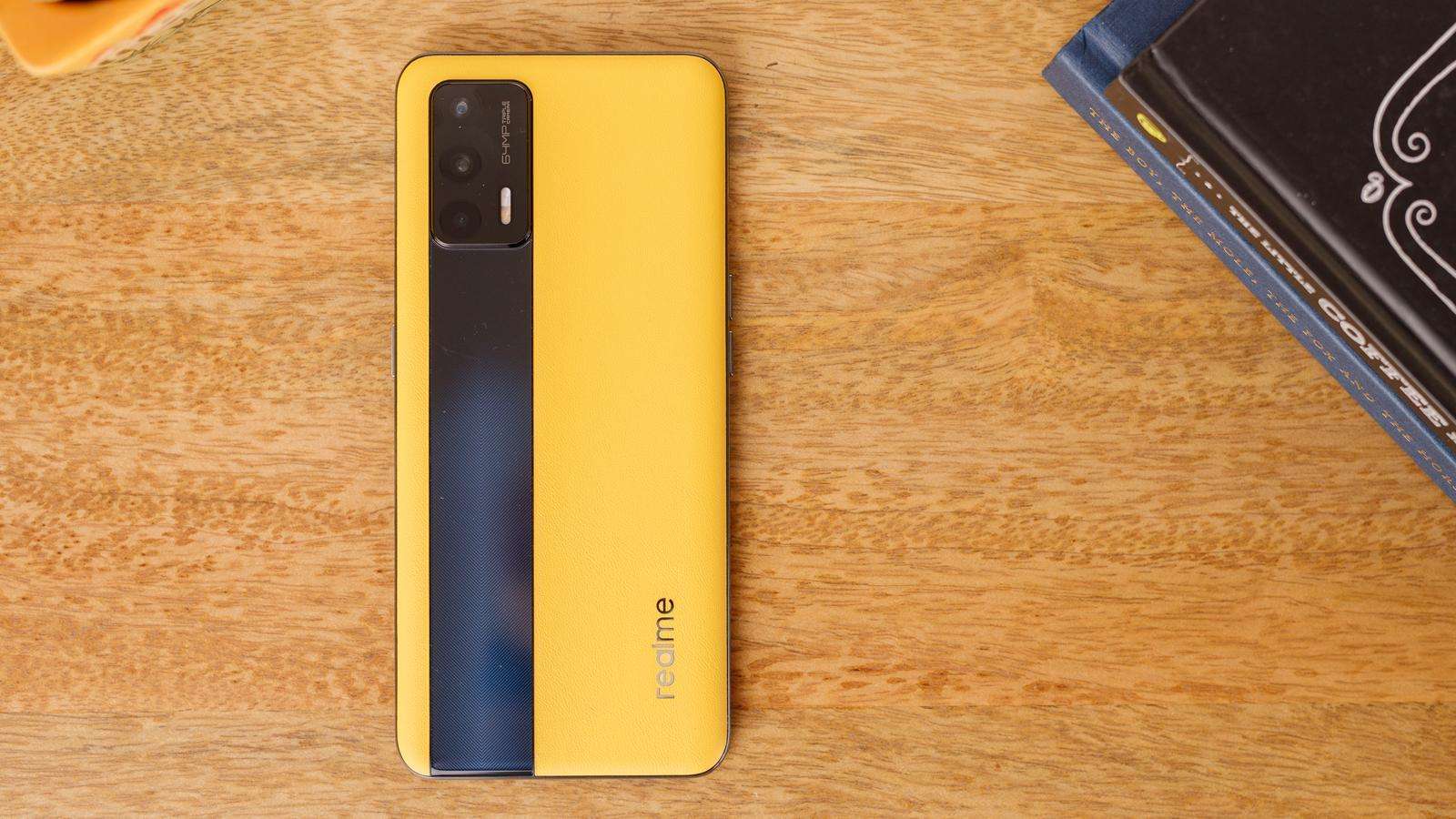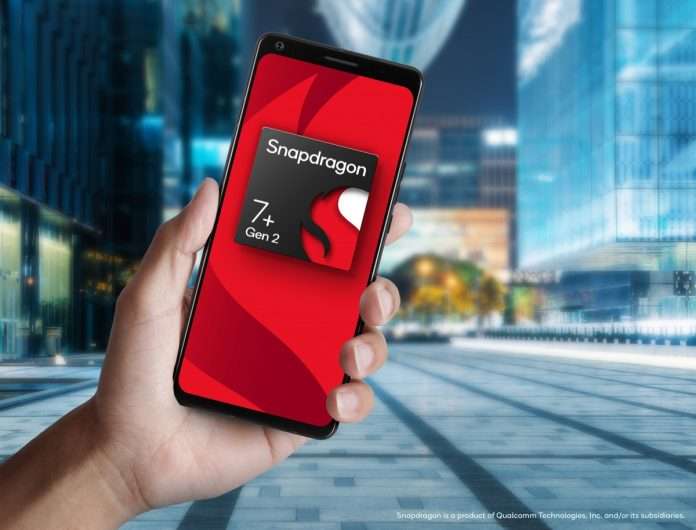Qualcomm claims that its latest mid-range chipset, the Snapdragon 7+ Gen 2, outperforms its forerunner, the Snapdragon 7 Gen 1.
That’s an audacious assertion, as is the company’s unusual naming strategy for this line of mobile processors. Confoundingly, there is no 7+ Gen 1 or 7 Gen 2.
The 7 series, which is one tier below Qualcomm’s top-of-the-line 8-series processors, is becoming increasingly powerful, to the point where it is similar to high-end chips from recent months.
Here’s everything you need to know about the Qualcomm Snapdragon 7+ Gen 2, a processor developed in collaboration with TSMC.
When will the first Snapdragon 7+ Gen 2 phones launch?
Qualcomm said it anticipates products with the Snapdragon 7+ Gen 2 to be released this month, March 2023.
Given that it was revealed in March, it typically takes some time for devices to reach the market, but we should start hearing about forthcoming releases with the new silicon from Android makers shortly.
Which phones will use the 7+ Gen 2?
Realme and Redmi have already verified that they will issue phones with the Snapdragon 7+ Gen 2 processor.
In a media meeting, Qualcomm spokeswoman Cindy Lei stated that the 7+ Gen 2 will be found in phones priced between $400 and $600, placing the chipset solidly in position to appear in the best mid-range phones yet to be released this year.

What are the Snapdragon 7+ Gen 2 specs and features?
We have a lot of knowledge about the new chipset before any phones are revealed. Here are the essential facts.
CPU
Qualcomm says that the Snapdragon 7+ Gen 2’s Kryo CPU has a top performance of 2.91GHz, which is a 50% increase over the 7 Gen 1 chip that came before it in the line-up.
This places the new chip very near to 2022’s Snapdragon 8+ Gen 1 chip, which is found in phones like the OnePlus 10T.
The 7+ Gen 2 CPU has one primary core, three speed cores, and four economy cores. Cor. It’s a processor made on a 4nm process with a 64-bit architecture, designed to power contemporary phones’ apps, photos, music, and everything else we hurl at them these days.
It’s worth noting that Qualcomm is promoting its 7-series to keep up with the 8-series, as it appears that only those looking for the finest gaming phones will need to choose the recent Snapdragon 8 Gen 2 over something as potent as the 7+ Gen 2.
GPU
The Adreno GPU in the 7+ Gen 2 is stated to have a 2x speed increase over the 7 Gen 1, which Qualcomm claims is the largest evolutionary jump ever for a 7-series chipset.
It supports 10-bit color depth for HDR gaming and is the first 7-series chip to enable auto variable rate shading (VRS), which aids in the optimization of power and speed for high-end games.

Cameras
The Qualcomm Spectra Triple 18-bit image signal processor (ISP) in the 7+ Gen 2 enables image processing up to 200Mp as well as 18-bit RAW picture capture.
Furthermore, phones equipped with the processor will have improved low-light picture capabilities and will be able to digitally combine up to 30 images of a location to create the best possible image.
Advances like this are significant on a below-flagship smartphone chipset because, while the most expensive phones in the world are getting costlier, features that we expect to stay flagship are filtering down into mid-range phones quite rapidly.
It’s up to Android phone makers to make full use of the strength under the hood with their devices.
Connectivity
The chip includes Qualcomm’s X62 modem, which (almost inevitably) supports 5G but less clearly Wi-Fi 6 and 6E protocols. This is fantastic to see because it secures a device’s communication for several years.
Qualcomm also promises “truly global” mmWave and sub-6 GHz band 5G support, but it will be up to the manufacturers to guarantee their products can reach these bands globally.
The 7+ Gen 2 also supports 4G and 5G dual SIM dual active settings, allowing you to operate two phones with complete internet access at the same time.
The rest
Qualcomm has invested heavily in the AI possibilities of the 7+ Gen 2, even if the market applications may not be as apparent as gameplay or photos.
You get 2x improved AI performance compared to the 7 Gen 1, but when the AI most people interact with is ChatGPT – whose work is on a server in the cloud, not on the device – it’s difficult to see how helpful this is to most people.
A superior example is the notion that the chip could be wiser in terms of contextual awareness and auditory scene recognition. Translation: it could automatically adjust your headphone audio volumes based on the ambient sounds around you.
Again, it is up to Android OEMs to convey such intelligence to you, the customer.


